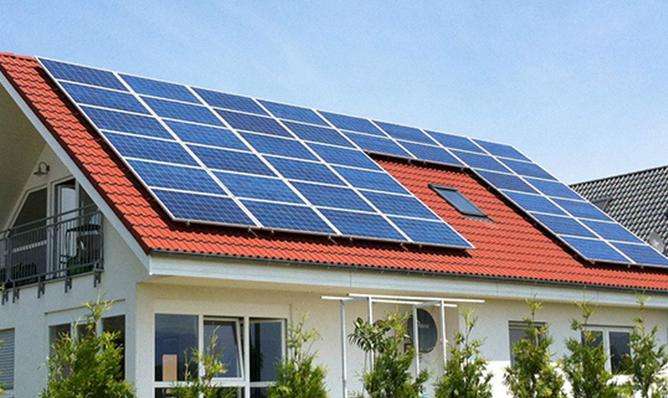In terms of pure system construction, water photovoltaic systems are mainly divided into water pile type and water floating platform type.
1. Since the construction of the foundation of the water pile photovoltaic system is more difficult, the cost will also increase to a certain extent. (For example, pump water, then drive the stakes, then attach the support)
2. The advantages and disadvantages of floating water photovoltaics are as follows:
1. the advantages are as follows:
< p>①Save land use: built on water, it does not occupy land resources and can reduce land acquisition costs.② Increase power generation: Water has a cooling effect on photovoltaic modules, which can suppress the increase in surface temperature of modules, thereby achieving power generation higher. According to a comparative analysisBased on experiments at a large-scale floating photovoltaic power plant in Hyogo Prefecture, Japan, the panel's power output increased by about 14% due to the cooling effect of the panel surface. water.
③ Reduce evaporation and algae reproduction: Covering solar panels on the water surface can theoretically reduce water evaporation and inhibit algae reproduction in water, which is beneficial for the protection of water resources.
④ Convenient operation and maintenance: Photovoltaic power plants are built in water, which can reduce dust pollution on components and facilitate cleaning of components. At the same time, it is difficult for users and animals to access the components. which can effectively prevent people and animals from damaging the components.
⑤ Tourist advantages: photovo modulesltaics carefully arranged on the vast water surface can be used as a unique attraction and become a landscape in the area, bringing tourism benefits.
⑥ Avoid shading of modules: Compared with land, the water surface is relatively open, which can effectively prevent modules from being blocked by mountains, woods, etc. . The solar irradiation area is uniform and the lighting duration is long.
⑦ Reduce the cost of the tracking system: The angles and spacing of the components are consistent, making it easier to install and operate the solar tracking system. There is no need to install a two-axis tracking system for each. solar panel, which greatly reduces the cost of the tracking system.
⑧Cost saving: No foundation and component supports are required, saving the cost of foundation and supports and reducing costs.
⑨ Convenient consumption: Built in the waters near villages and towns, it can be consumed nearby, reducing adverse factors such as network connection difficulties and power outages, and improving efficiency.
2. There are some disadvantages:
① High requirements for floating equipment: floating water photovoltaics requires floating equipment to support the photovoltaic panels, and the floating frame has corrosion resistance, low density , and frost heave resistance, wind and wave resistance, service life, bearing capacity, etc. must all be high.
② High requirements for site selection: the site of the floating water photovoltaic farm should be selected in a location with a large area, stable runoff, low wind speed, good water conditions. lighting, slight level changeswater, good development conditions, and no large-scale navigation, ecologically non-sensitive areas and other waters.
③There are many uncertain factors: strong winds, water level, ice and other factors have a greater impact. At the same time, it is necessary to monitor whether photovoltaic modules have adverse effects on water. quality, fish, plants, etc.
④Construction is difficult: many factors must be considered during the construction process. It is difficult to use a large number of heavy machines for high-efficiency construction in water operations. The process requirements are relatively higher. the construction period also increases accordingly. There are many professions that require diving or being on a boat. Balance and safety must be considered during operations on board, and installationslations such as swimming pools and dams must not be damaged.














